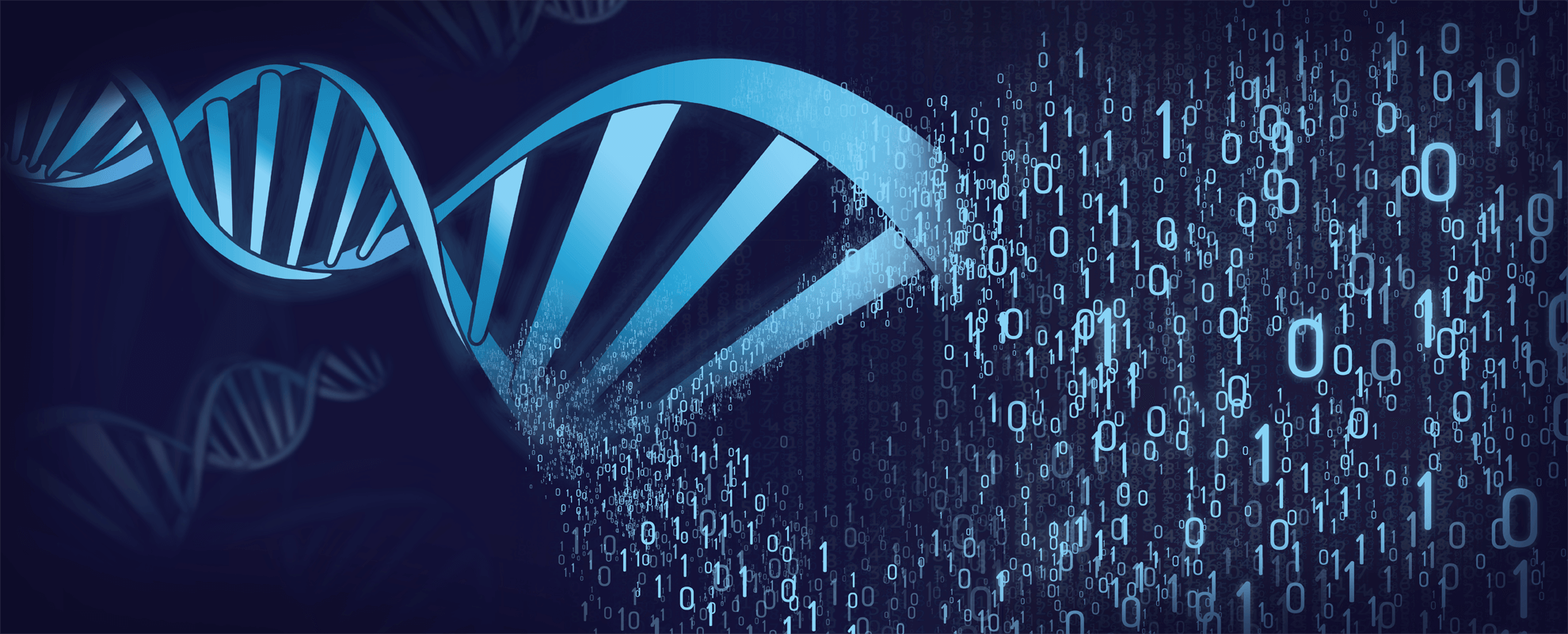Quality control (QC) refers to a series of activities and measures conducted on individual laboratory tests or analyses to verify and ensure the accuracy and reliability of the results. QC is a reactive approach that aims to identify and rectify issues or defects in the specific test or measurement being performed. Here are key points about quality control:
- Test-Specific: QC focuses on the accuracy and precision of individual laboratory tests or analytical procedures. It assesses the performance of each test separately.
- Verification of Results: The primary goal of QC is to verify that the results obtained from a specific test or measurement are accurate and reliable. It checks whether the data generated meet established quality criteria.
- Identification of Problems: QC activities are designed to identify problems or errors in the test run as they occur. It allows for immediate corrective actions to be taken.
- Monitoring Consistency: QC measures aim to ensure the consistency of results over time. By tracking and comparing results from different runs or batches, laboratories can detect deviations from expected values.
- Tools and Controls: QC may involve the use of various tools and controls, such as blanks, internal standards, negative controls, and positive controls. These are employed to assess the accuracy and precision of the test for a specific batch or set of samples.
- DataInformation in analog or digital form that can be transmitted or processed. More Analysis: QC data are analyzed to determine if the test results fall within predefined acceptance criteria or quality specifications. Deviations from these criteria trigger further investigation.
- Maintenance and CalibrationThe act of checking or adjusting (by comparison with a standard) the accuracy of a measuring instrument. Operation that, under specified conditions, in a first step, establishes a relation between the quantity values with measurement uncertainties provided by measurement standards and corresponding indications with associated measurement uncertainties and, in a second step, uses this information to establish a relation for obtaining a measurement result from an indication. More: Routine calibration and maintenance of laboratory equipment and instruments are part of QC activities. Regular checks ensure that equipment is operating correctly.
- Troubleshooting: QC identifies issues or irregularities in real time, allowing laboratory personnel to troubleshoot problems and take corrective actions promptly.
- Compliance: QC procedures often involve compliance with established standards, protocols, and guidelines specific to the type of testing being conducted.
- Documentation: Accurate documentation of QC data, actions taken, and any deviations from expected results is crucial. Records provide a historical record of the test’s performance.
- Comparison to Quality Assurance (QA): While QC is focused on individual tests and measurements, quality assurance (QA) encompasses a broader approach that addresses the overall quality of laboratory operations and processes. QA aims to prevent errors proactively and improve processes, whereas QC reacts to issues as they arise.
- Risk Mitigation: QC also contributes to risk mitigation by ensuring that individual tests meet established quality standards and criteria. It helps prevent incorrect or unreliable results from being reported.
In summary, quality control (QC) in a laboratory setting involves measures and activities to verify the accuracy and reliability of individual test results. It is a reactive approach that identifies and corrects issues specific to a particular test or analysis. QC is an essential component of ensuring the integrity and quality of laboratory data.





